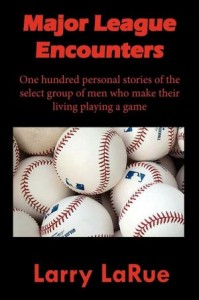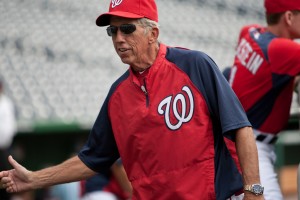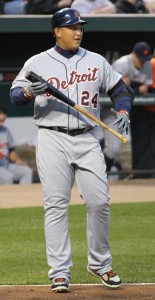Now that the Panda-Monium surrounding Pablo Sandoval’s record-tying three homers in a single World Series game has waned (at least a little bit), BBRT would like to add its perspective on Kung Fu Panda’s historic game.
Sandoval may have already earned the World Series MVP award for changing the whole “tone” of the Series in three swings of the bat. Remember, just a few days ago, Detroit was supposed to “over power” the Giants on the strength of big bats and strong arms. San Francisco, which had hit the fewest home runs in major league baseball over the course of the season (103) seemingly couldn’t match the power of the Miguel Cabrera / Prince Fielder-led Tigers (the Tigers hit 163 regular-season homers). In addition, the power pitching of the Tigers, led by Justin Verlander and Max Scherzer – the first teammates to finish 1&2 in strikeouts since Mark Prior and Kerry Wood in 2003) – was supposed to be too much for the Giants peck-and-scratch lineup. After all, the Tigers starters had the second-best ERA (3.76) in the AL and, going into game one of the Series, had a 2012 post-seasons ERA of 1.02. And, besides, mound king Justin Verlander was starting game one.
So, what did Sandoval’s big game do?
- Dispelled the notion that the Giants couldn’t generate series-winning power.
- Dispelled the notion that Justin Verlander was the “invincible difference” in the Series.
- Dispelled the notion that the Tigers starters would overpower the Giants hitters.
As Verlander mouthed after Sandoval’s second-dinger “Wow!” It now appears to be a whole new ballgame.
BBRT would also like to congratulate the (in the past, much-maligned) Barry Zito – who despite his 85-mph fastball, outpitched Verlander (95-mph heater). Zito joined the Giants in 2007 with a $126-million contract after seven seasons with the Oakland A’s, where he never finished under .500 (102-63 overall), won the 2002 Cy Young, led the league in wins once (23-5 in 2002) and starts four times, and had an ERA over 4.00 only once. In his first five years with the Giants, Zito went 43-61, never had an ERA under 4.00 (and topped 5.00 twice), led the league in only one category (17 losses in 2008) and was left off the 2010 post season roster. It appears all is now forgiven,. Zito went 15-8, 4.15 in the regular season and delivered important wins in game five of the National League Championship Series and, of course, yesterday’s World Series game one. BBRT congratulates a hurler who worked hard, persevered and is now proving to be a post-season difference maker.
So, as we move to game two – it’s “game on.” The Tigers still have the advantage when it comes to starting pitching (although less so with Verlander’s loss) and home run power, with Giants having the edge in the bullpen (Valverde seems totally lost) and defense. It should be a fun ride.



















